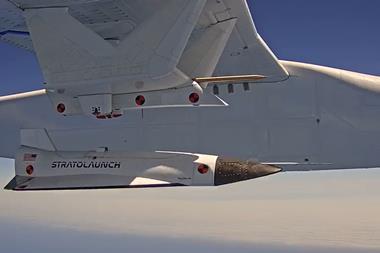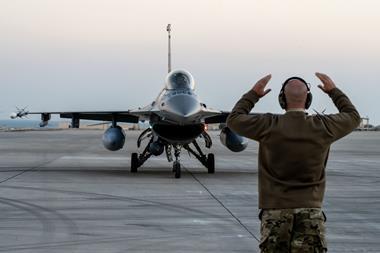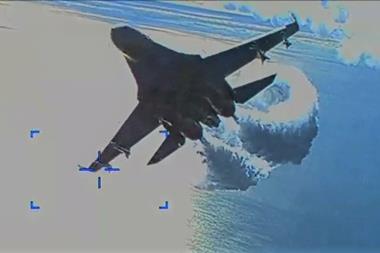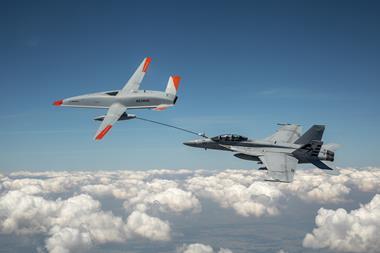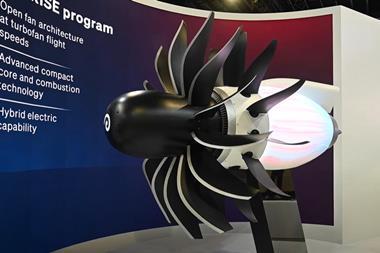Footage on social media shows the navalised version of the Tejas fighter approaching and then catching a wire with its tailhook, bringing it to an abrupt halt. The activity simulates a landing aboard the flight deck of an aircraft carrier at sea.
New Delhi’s defence ministry said the test was historic, and sets the stage for a landing demonstration aboard the aircraft carrier INS Vikrmaditya.
“Today, the first ever arrested landing of LCA (Navy) at the shore-based test facility, INS Hansa Goa took place which will pave the way for this Indigenous platform to undertake Aircraft Carrier landing demonstration on board the Indian Naval Aircraft Carrier, Vikramaditya.
It noted that the event was the culmination of “four campaigns of dedicated testing.”
“This arrested landing heralds the arrival of true indigenous capability and displays the professional prowess of our scientific community Aeronautical Development Agency (ADA) embedded with design and build capability of HAL, [Defence Research Development Organisation] and CSIR Labs involved in executing this landmark event,” it says in a statement.
The LCA Navy is based on the Tejas Mk. 1 and is powered by a General Electric F404 engine. It features a strengthened airframe, landing gear, and the tailhook. If developed, the LCA Navy Mk. II would be a major update of the original Tejas design and use the more powerful F414 engine.
New Delhi operates a single aircraft carrier, the Russian-built Vikramaditya, from which RAC MiG-29Ks operate. A second locally built carrier, INS Vikrant, is set to enter service in the early 2020s, after years of delays.
Both are STOBAR (short take-off but arrested recovery) vessels, using a ski-jump to launch aircraft. While relatively easier to operate than catapults, ski-jumps place limits on both aircraft payload and performance.
A CATOBAR (catapult-assisted take-off but arrested recovery (CATOBAR) is planned. Catapults, by reducing the amount of fuel required for taking off, will improve aircraft performance and allow for other types, such as turboprop-powered airborne early warning & control (AEW&C) aircraft, to be operated.
In addition to working on the LCA Navy, New Delhi is looking to obtain 57 multirole carrier-borne fighters (MRCBF) for its future flattops. This competition is likely to attract Boeing with the F/A-18 E/F, Dassault with the Rafale, and Saab with its proposed Gripen Maritime.
Source: FlightGlobal.com


















